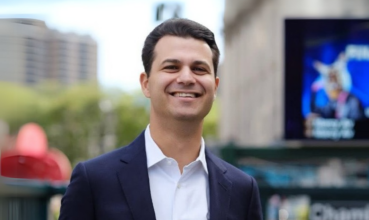After developing nearly 700 communities across 40 states, Patten Properties welcomes new CEO John Patten, marking both a generational transition and strategic shift for one of America’...
How Habitat for Humanity NYC is Creating Pathways to Financial Stability for Working Families




In New York City’s challenging housing landscape, one organization stands out with a clear vision: transforming lives through affordable homeownership. Since July 2024, Sabrina Lippman has led Habitat for Humanity New York City and Westchester County as CEO, bringing a uniquely comprehensive real estate perspective to what she calls “the top crisis in our country right now.”
“I credit my ability to expand in my career to the stability I had right in that first home,” says Lippman, reflecting on her upbringing as a first-generation Latina New Yorker whose immigrant parents purchased their home in the early 1980s. This personal experience drives her commitment to creating similar opportunities for others.
Lippman’s career path spans all sectors of real estate. She spent a decade in commercial real estate with companies like Westfield, Cushman and Wakefield, and Simon, managing and developing shopping centers and office buildings across multiple markets. After her initial stint with Habitat, she pivoted to the public sector, where she managed a 64 million square foot portfolio for New York City’s Economic Development Corporation.
“Having touched every asset class, every asset type, having worked in all three sectors—private, public, nonprofit—it felt really natural after about five years in the public sector space to get back to Habitat,” Lippman explains. This diverse background gives her a comprehensive understanding of real estate markets, government bureaucracy, and nonprofit development—a powerful combination for addressing housing affordability.
Beyond the Brand Recognition
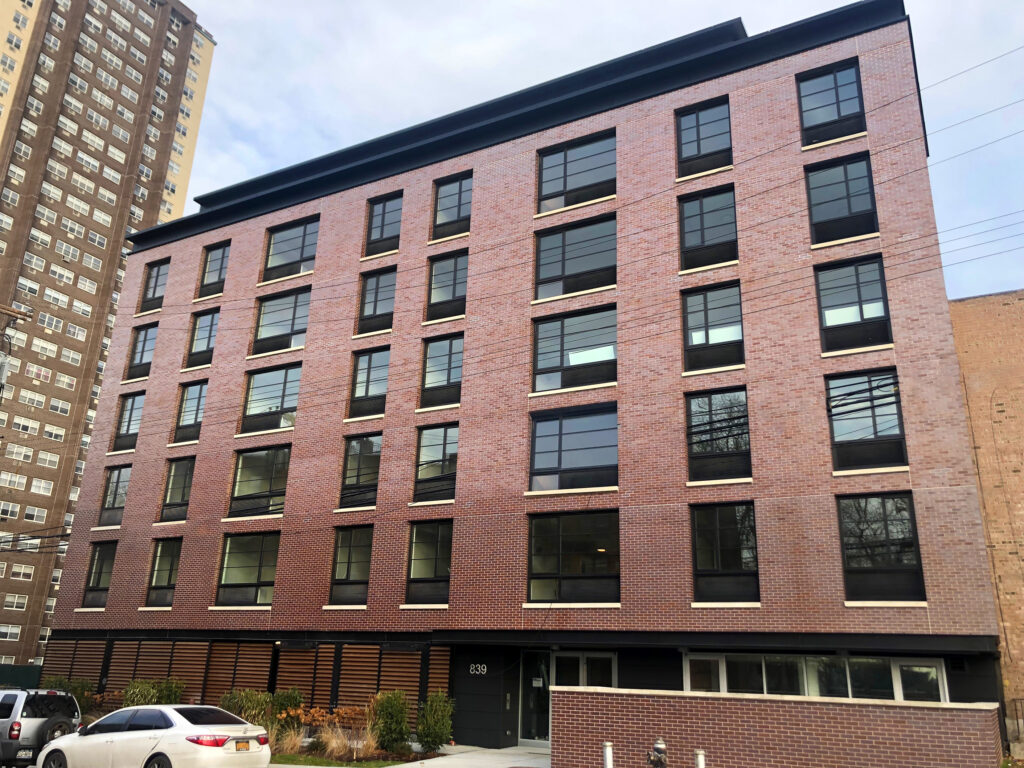

While Habitat for Humanity enjoys tremendous brand recognition—valued at approximately $16 billion and ranking as the fourth most recognized nonprofit brand globally—Lippman acknowledges that many misconceptions exist about their work.
The organization operates on a federated model, with Habitat International working in nearly 70 countries and overseeing 1,000 independently operated affiliates in the U.S. This structure allows each affiliate to address housing affordability in ways tailored to their specific markets.
“Our ability to be our own nonprofit gives us the nimbleness and the flexibility that we need to address the crisis in the geography we’re in,” Lippman notes.
For Habitat NYC and Westchester, that mission focuses specifically on building and preserving affordable homeownership for working-class families. Over its 40-year history, the organization has served more than 2,600 families, but they’re making a significant shift in 2025—aiming to serve 1,000 families annually through both new construction and preservation efforts.
The Power of Homeownership
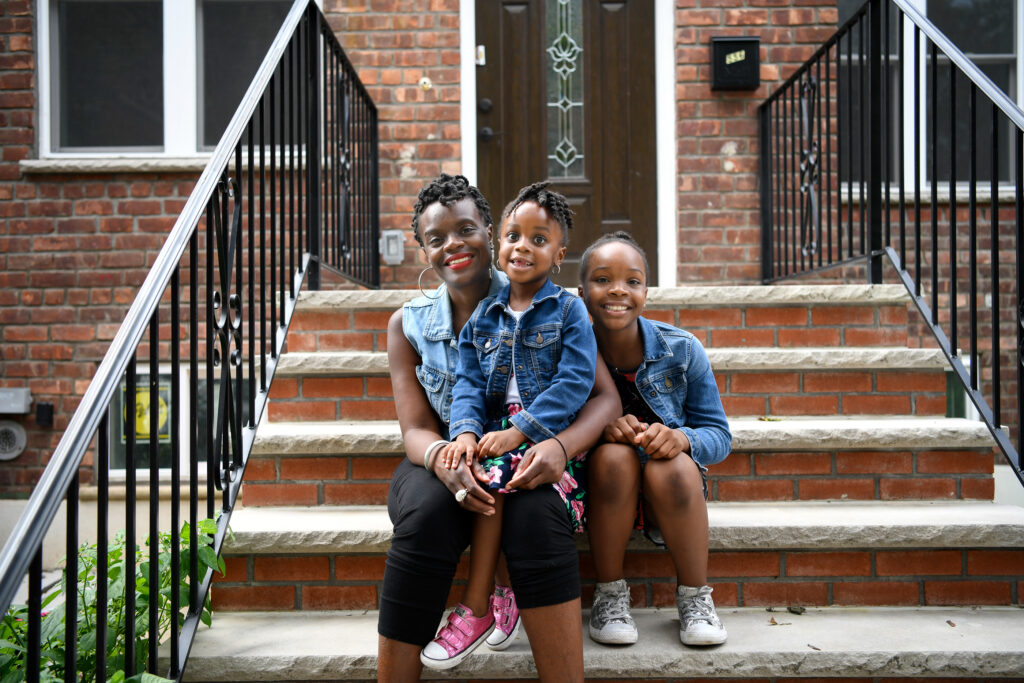

At the heart of Habitat’s mission is the belief that homeownership creates a pathway to financial stability, particularly for those caught in what Lippman calls “the missing middle.”
“Eighty percent of the families that we work with are single moms of color,” Lippman says. “These are women that work two or three jobs. They’re in elderly care, they’re cleaning our parks, they’re serving our coffee. They have done all the right things, but they make too much income to qualify for any government assistance, but then they don’t make enough to qualify for anything on the market.”
Many of these families are stuck in public housing not by choice, but due to lack of alternatives. Habitat steps in by subsidizing homes so that mortgages don’t exceed 33% of a family’s income, making sustainable homeownership possible.
The impact extends beyond individual families. When these families move into their own homes, they free up public housing units for others in need. “It’s all about that continuum of housing and allowing that flow to open up,” Lippman explains. “That is how you tackle this crisis.”
The benefits of homeownership ripple through generations. Lippman points out that while 20% of the parents they serve are college graduates, 90% of their children achieve this milestone. Homeowners can leverage their assets to open small businesses, save for education, and invest in their neighborhoods.
“When you’re a homeowner, you’re more likely to invest in your community,” she says. “You’re more invested in the success of that neighborhood.”
Innovative Approaches to Scale
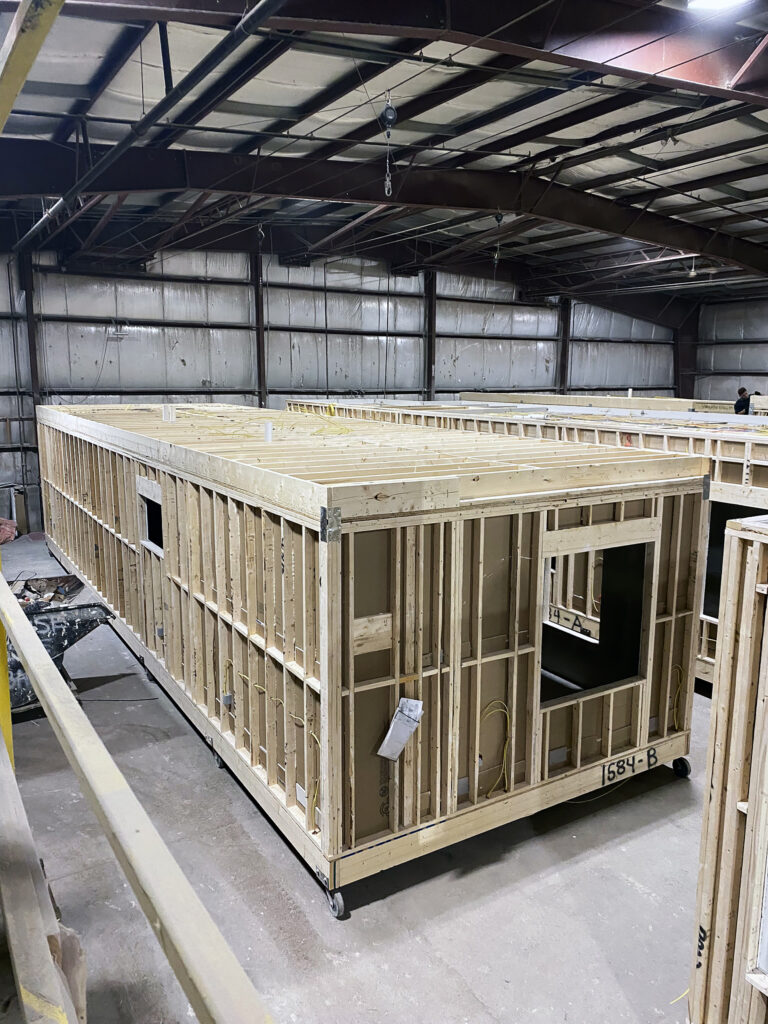

To reach their ambitious goal of serving 1,000 families annually, Habitat NYC and Westchester is expanding beyond new construction to focus heavily on preservation.
The organization operates its own Community Development Financial Institution (CDFI), which provides lending not only for their projects but also to other nonprofit institutions. One innovative program, called Fresh Start, helps low-equity cooperative buildings clear municipal debt that prevents them from accessing city capital for critical repairs.
“The city has the capital to help repair some of these buildings, but those buildings can’t access that capital if they’re in municipal debt,” Lippman explains. “Sometimes, because of $50,000 or $75,000, you’re not accessing millions of dollars of available money that the city is just sitting on.”
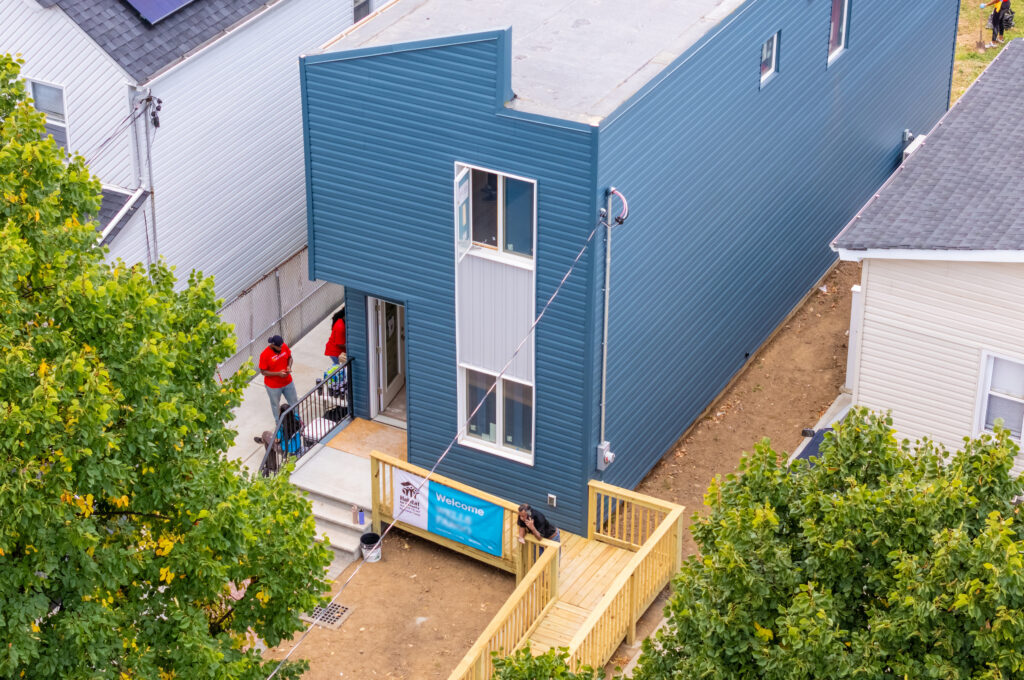

By lending to clear this debt and helping co-op boards get organized, Habitat prevents foreclosures that would otherwise send these units into the market-rate pool. The impact has been substantial—in just six months, hundreds of units have been preserved through this intervention.
Advocacy and Legislation
Habitat’s approach extends beyond building and preserving homes to advocating for policy changes. Recently, they’ve successfully lobbied for the Affordable Housing Retention Act to be included in the state budget.
This innovative legislation addresses buildings with expiring tax credits, particularly “80/20” buildings in Manhattan. The bill would allow developers to sell market-rate units as condos while preserving affordable rental units by transferring them to nonprofits that could help convert renters to homeowners.
“This would increase homeownership numbers, but it also allows for preservation in areas where we will never get affordable housing to be built,” Lippman says. “It’s such a win-win-win.”
Polling conducted by Habitat showed overwhelming support for homeownership opportunities—98% of respondents indicated they would buy their unit at an affordable rate if given the chance.
“If people were given the chance and given the tools and afforded the opportunity, they would,” Lippman notes. “The power it brings is significant.”
Combating Misconceptions
Despite the clear benefits, misconceptions about affordable housing persist. Lippman challenges the notion that affordable housing diminishes neighborhood value or character.
“I would challenge folks to think about if there is no affordable place for people to live, who is going to serve your coffee, who is going to mow your grass, who is going to take care of your elderly and your kids?” she asks. “Those people—workforce housing people that allow us to enjoy the lives that we have—deserve every right to live where they work.”
Looking ahead to the remainder of 2025, Habitat NYC and Westchester is focusing on expanding its impact in Westchester County, which Lippman sees as having “tremendous potential.” The organization continues to bring stakeholders together to create affordable homeownership opportunities throughout the region.
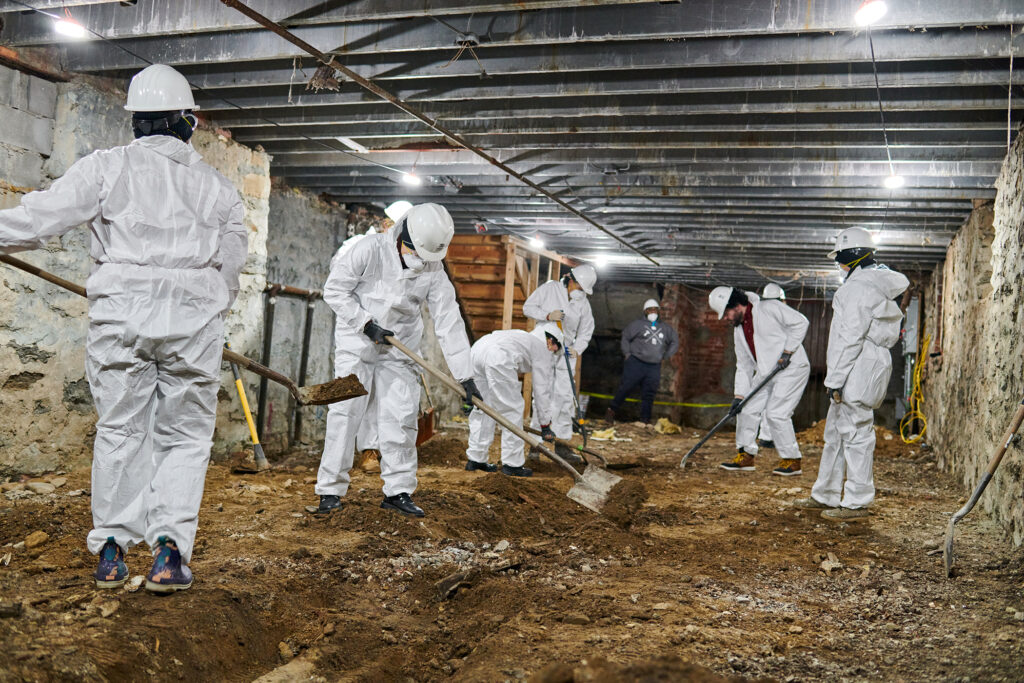

As with all of Habitat’s work, these efforts rely not only on city and state subsidies but also on donor support. “All of this work is only possible by donors,” Lippman emphasizes. “We use city and state subsidy to the extent that we can use it, but without the donor pool, we’re not able to do this work.”
Through this combination of public funding, private donations, and innovative approaches to both construction and preservation, Habitat for Humanity NYC and Westchester County is creating pathways to homeownership that transform lives and communities for generations to come. Those interested in supporting Habitat’s mission can make a contribution at https://habitatnycwc.org/donate-now/.
Similar Articles
Explore similar articles from Our Team of Experts.
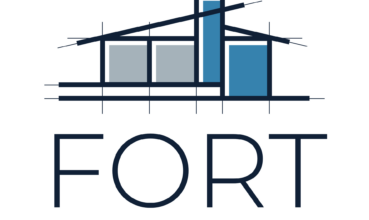

In an era where property management is increasingly dominated by large corporations and automated systems, Fort Property Management founder Nathan Harr is championing a return to personalize...


When Patricia Bastidas, a veteran REALTOR® at Fortune Christies, began her real estate career in Miami’s Brickell neighborhood in 1990, the area was predominantly Latin American, cate...


For Harald Grant, Associate Broker and Senior Global Real Estate Advisor at Sotheby’s International Realty, the Hamptons real estate market isn’t just about properties—it’...
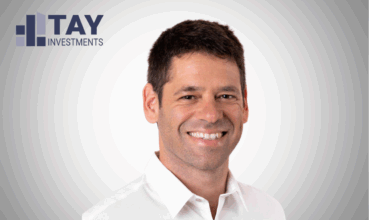

“When the blood is in the street, that’s the time to buy,” recalls Yuval Shram, Founder and CEO of Tay Investments, describing his entry into real estate during the 2008 fi...


